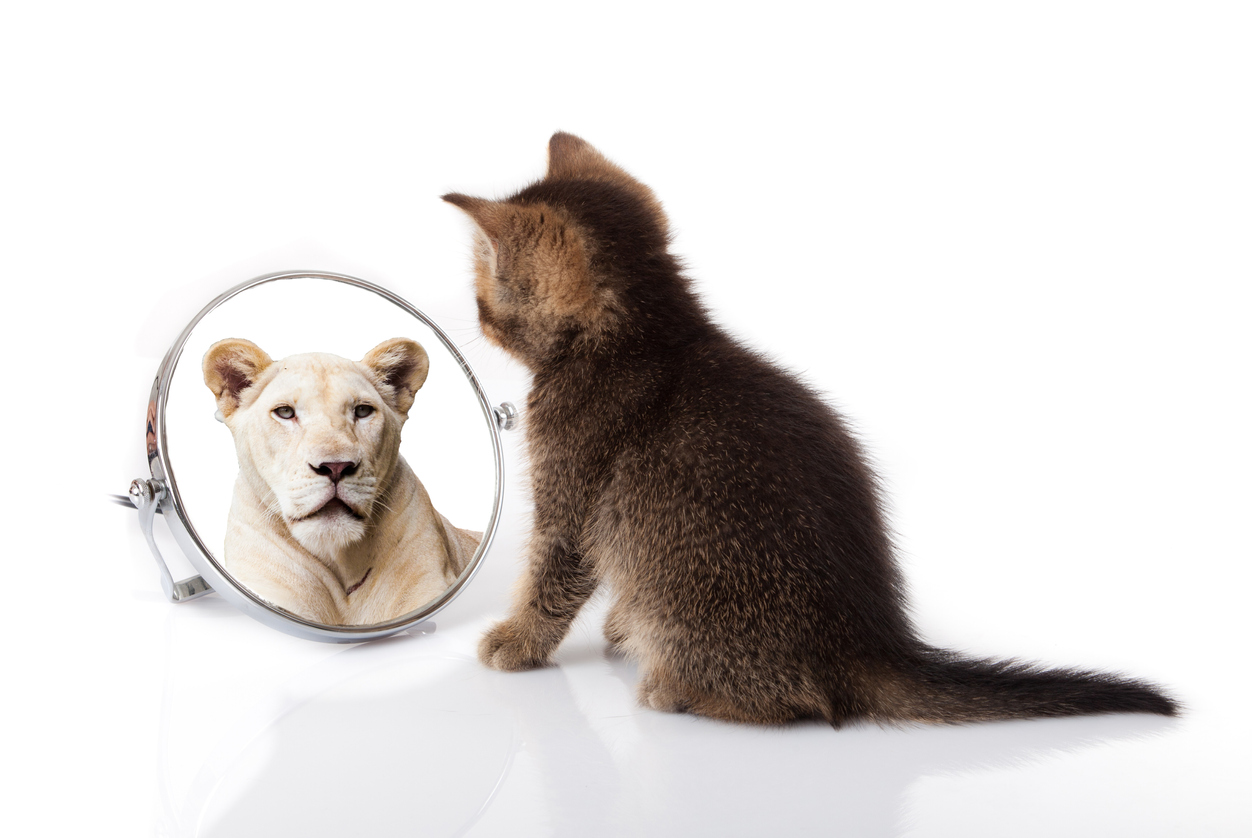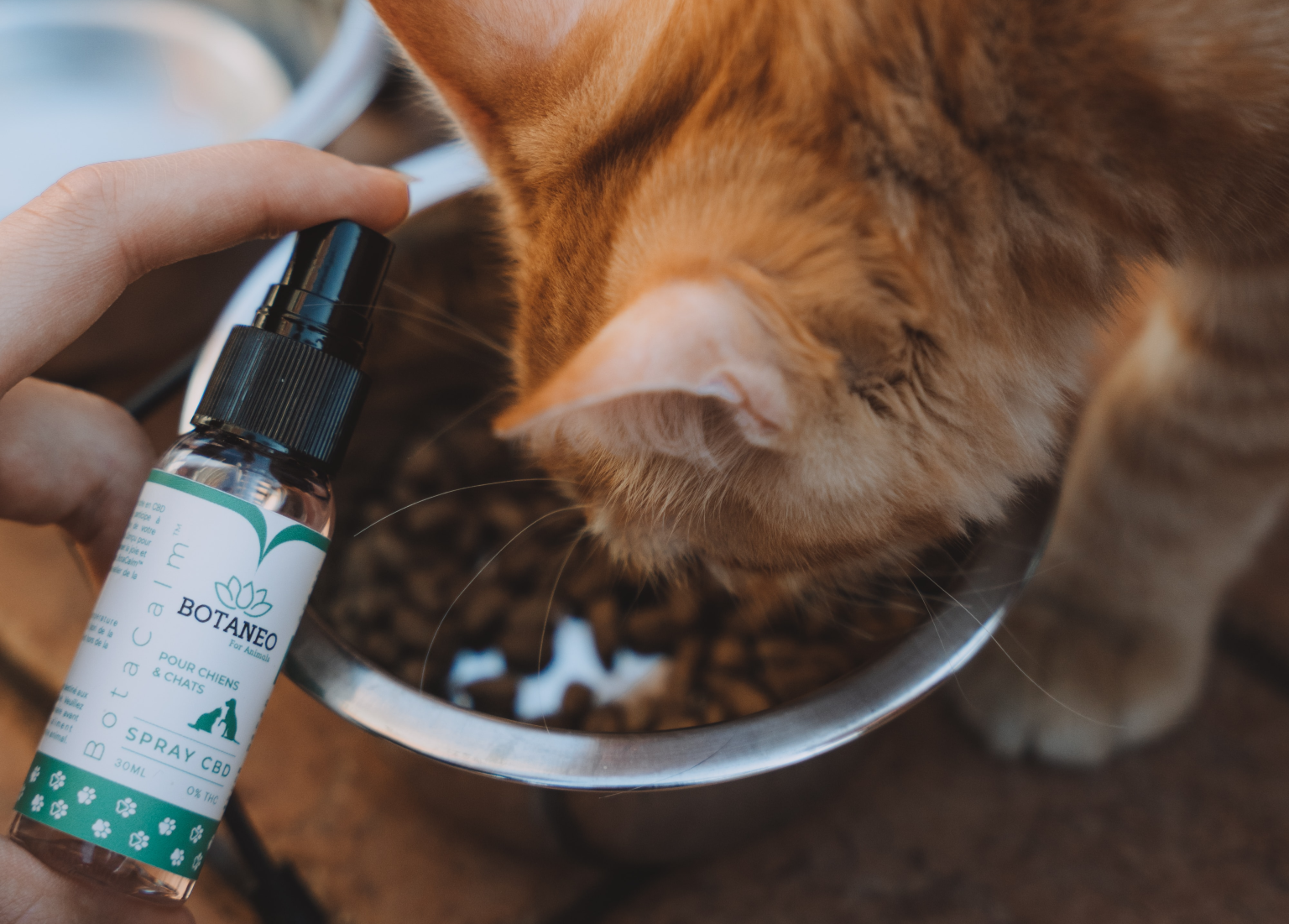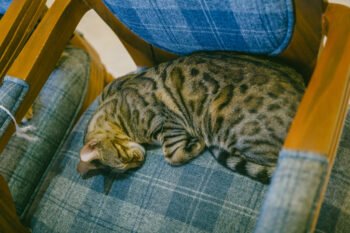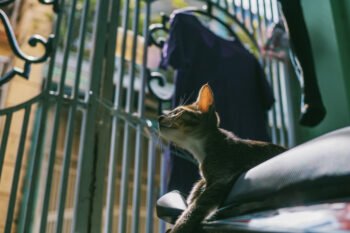When Abby, a 5-year-old tabby, was adopted by a California couple after the cat’s first family lost their home in Hurricane Katrina, Abby’s new caretakers were determined to keep the feline indoors for its own protection. After years of roaming free in New Orleans, however, Abby began to respond to her confinement by urinating just about everywhere other than her litter box. Her owners spent a year trying to change Abby’s behavior with no success, so they called Dr. Kenneth Martin, a New Orleans-based veterinary behaviorist also known as the cat “psychiatrist.”
Martin treated Abby with a combination of behavior therapy and antidepressant medication. “We gave her the cat version of Prozac and enriched her environment with toy rotation,” he says. “We put the litter boxes in different areas. We made the areas she had been soiling unattractive to her. Within two weeks, the marking had completely dissipated.”
A staff member at Louisiana’s Veterinary Behavior Consultations, Martin has had many experiences with the emotional lives of cats, and he shares his wisdom with us here.
The Most Common Cat Issues
- Inappropriate elimination In cats, marking territory with urine is often an anxiety-related behavior. If your cat is backing up to a vertical surface in your home and eliminating small amounts, it’s most likely stress related. This is typically a response to other cats on their territory, either inside or outside the home.
- Aggression Genetics play a big role in how social — or antisocial — a cat may be. Environment is also a factor, and kittens have a small window for socialization. By the time they’re seven weeks old, they’ve had their most formative social experiences. That means that by the time you’ve taken in a cat, its personality, including how comfortable it feels socially, has already formed. A socially uncomfortable cat is more prone to aggressive behavior toward people and animals.
- Intense fear The term “scaredy cat” evolved because cats can respond with intense fear to a variety of sounds, smells and sights. The coping techniques, such as excessive grooming, that cats develop to soothe themselves can become problematic.
[the_ad id=”18809″]
The Feline Treatment
After all possible medical causes, such as hyperthyroidism, for the aforementioned behaviors are ruled out, Martin uses a two-tiered treatment of medication and behavior modification. The medications are either antidepressants like Prozac — the cat version is called Reconcile — or antianxiety drugs like Valium. “Medication, when we use it, takes the edge off, but the goal is always to wean the pet after it has learned to cope with the environmental stressors,” says Martin.
While medication is used only on a case-by-case basis, behavioral and environmental modifications are always a part of Martin’s treatment plan. These can include the simple changes Martin instituted in Abby’s household, such as making her chosen places for elimination unappealing or a more involved treatment like exposure therapy for intense fear.
“In exposure therapy, we identify what is making a cat anxious, and then we expose them repeatedly to that stimulus in a non-threatening manner, getting the fear level to go down,” he explains. “We also use a method called counter-conditioning, where the animal is given food treats while being exposed to the scary situation.”
When to Call a Behaviorist
If your cat is displaying the following symptoms and your veterinarian rules out underlying medical problems, you may want to call a cat behaviorist.
- Excessive restlessness demonstrated by constant tail wagging, pacing and the inability to settle down
- Unusual frequency of vocalization
- Separation anxiety that appears suddenly and lasts for a long time
- Inappropriate elimination or aggression
“We behaviorists can be helpful any time a behavioral condition compromises the underlying welfare of the cat or owner. Behavior problems are taxing to the human-animal bond,” says Martin. Just ask Abby the tabby’s owners, who are now in a stress-free, loving relationship with their litter box-using pet.







